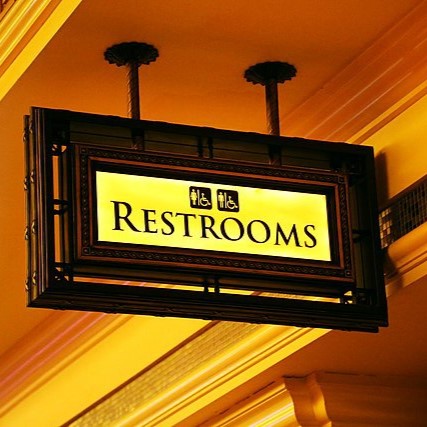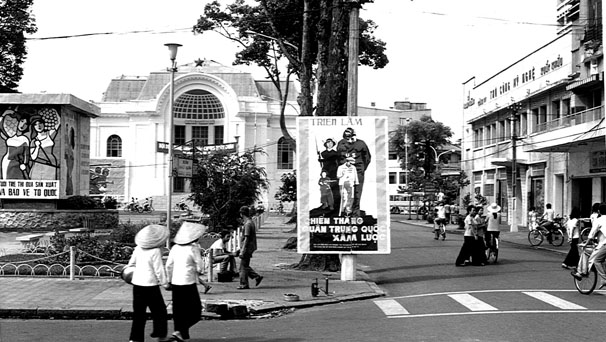Imagine walking down Hollywood Boulevard with your family when you suddenly need to use the restroom. You enter a nearby store asking if you could go to their restroom when you’re hit with “sorry, we don’t allow the public to use the restroom.” You ask if any nearby businesses allow restroom access and the sales lady tells you to try your luck at the Starbucks down the street.
However, this option might soon be inaccessible as well. According to Starbucks Chief Executive Howard Schultz, the Starbucks corporation is initiating the process of closing its doors (and restrooms) to non-customer visitors. Starbucks boasts 15,000 locations in the United States, and for a long time has had accessible restrooms. While this decision by Starbucks might appear insignificant, it will hurt many metropolitan cities dependent on using the Starbucks locations as their one and only accessible restroom. For people who are unable to afford a 5-dollar drink in order to gain access to the restroom, there are no other alternatives; for many homeless individuals today, it is a daily reality that they have to search the city for a public restroom until finally having to resort to public urination instead.
This ongoing scarcity of public restrooms in the city is the result of many corporations closing their bathrooms off from non-paying customers and the sustained lack of public restrooms in such densely populated areas. As many urban mayors and other political figures boast that their plans will help the homeless population, this has not materialized any new public areas to take care of business. This results in the homeless and those unable to afford to endorse private businesses having no option but to urinate on the street regularly, creating a slew of health and public safety issues.
Even when action has been taken to eradicate America’s public urination issue, the support and maintenance of these programs have been weak and unresponsive. In 2018, Mayor Eric Garcetti tried to set up restrooms in homeless hotspots to help alleviate this problem. After setting up restroom stations in Skid Row for three months, they were quickly removed because the city did not have the infrastructure to continue supporting the process. So why do we as Americans let this public safety issue go unnoticed? And how can major metropolitan cities in the United States not support the local efforts of eradicating public urination?
Public urination creates unsanitary conditions for city dwellers and can create long-term effects of health issues and exposure to disease if left on the streets. discussions around homelessness must be desensitized in order to create a recognizable difference. Furthermore, public urination is not only a crime but can classify someone as a sex offender. One of the easiest ways to give a sense of normalcy and security to the struggling homeless populations in major cities is allowing them the privacy of a bathroom. It is as easy as installing and maintaining operating porta-potties in areas with high foot traffic and little restroom access. With the proper funding and care to these programs, states could pass effective legislature that funds these projects and provides a temporary solution to a part of a major problem. Politicians and local activists need to prioritize the push for public restrooms as a way of helping homeless people work out of their situation and to protect the greater safety of the American people.







